Blueberries, Wild to Cultivated
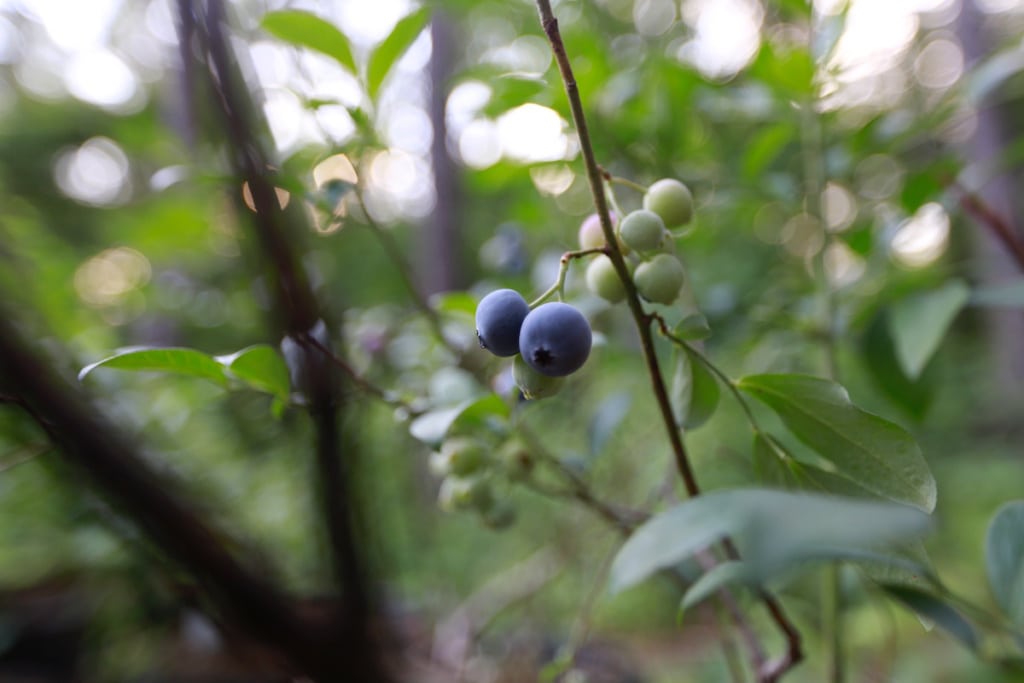
Picking Blueberries, from Wild to Cultivated
Blueberries hold a sweet spot in my heart. I love both the wild ones and the cultivated ones. They are simply perfect for eating right from the bush or preparing a savory sauce for your beef loin!
Blueberries are among the few cultivated fruits that you can readily harvest straight from… behind your backyard.
As you may notice, however, there is quite a difference between improved and wild blueberries.
Additionally, there is often a difference between the wild blueberries in the woods. Some bushes may not be blueberries at all, but instead huckleberries.
A lot of confusion exists in the delicious world of blueberries, so let’s just dive in and take it one bite at a time.
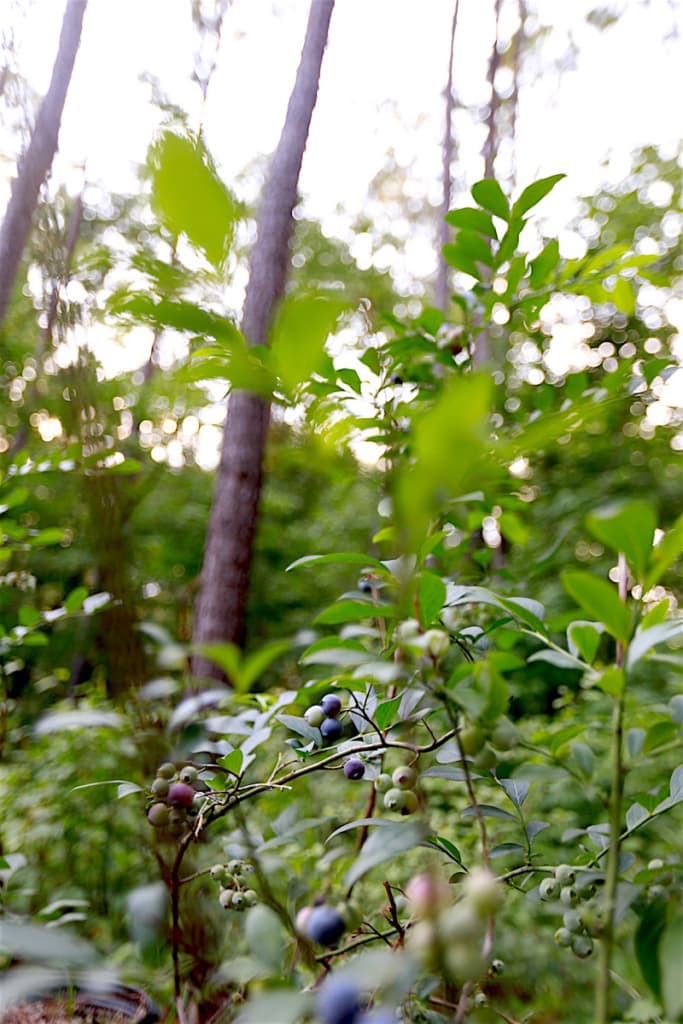
Blueberries vs. Huckleberries
Many species of blueberries and huckleberries growing wild or in the orchard. About a dozen highbush species, including the important rabbiteye species (Vaccinium virgatum), are common in the South. The differences between these species are subtle, but all are edible.
You will generally find these berries in well-drained, rich, acidic soils, with the most productive wild bushes in a sunny location, peeking out of the edge of hardwoods.
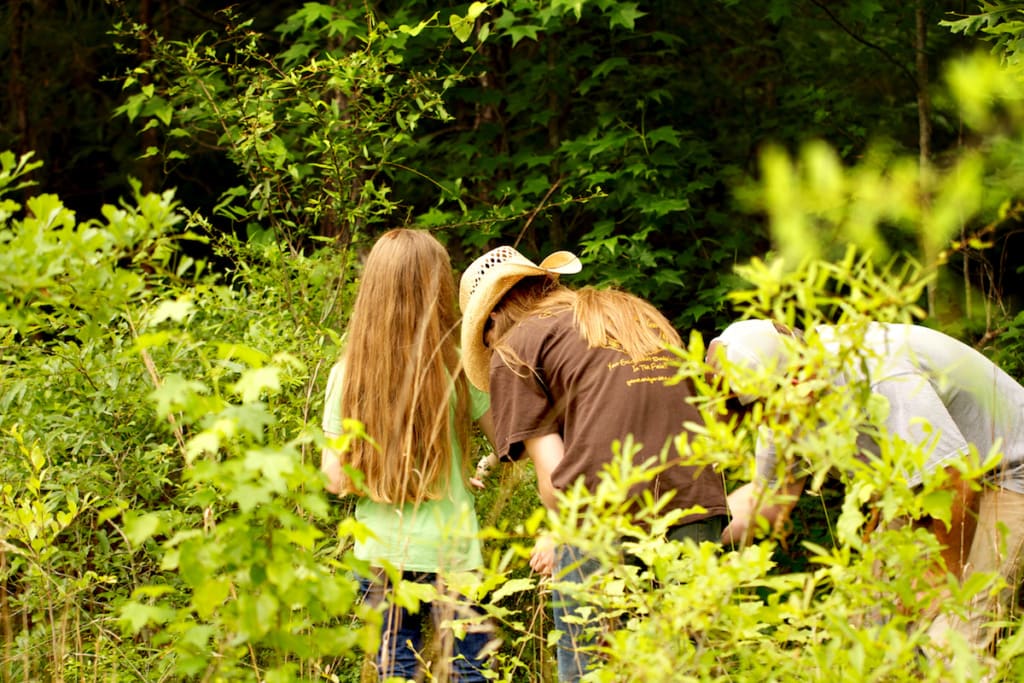
As you move farther North, several lowbush species grow wild in mature woods or open areas. The only lowbush type familiar to me is the Blue Ridge Blueberry (V. pallidum), extending down the mountain range to where I find them in Verbena, Alabama.
Where Do You Find Huckleberries?
The South also has the majority of the huckleberry species in the U.S., most of which are found along our coastal plains. The Black Huckleberry (Gaylussacia baccata) is much more dispersed, and grows in the same habitat as blueberries. These berries are also quite delicious, but have small seeds that pose as a texture barrier.
Ok, you may at this point be saying, “hold on a minute, Grandpa always called wild berries in the woods ‘huckleberries,’ while referring to domesticated species as ‘blueberries.’ If both huckleberries and blueberries exist in the wild, what’s the difference?”
Very generally speaking, Americans refer to both blueberries and huckleberries as “huckleberries.” This is probably due to early settler confusion with a European blueberry, the hurtleberry (V. myrtillus). Therefore, it remains appropriate to use the colloquial when referring to blueberry-like fruits.
Strictly speaking, however, there is a difference. True huckleberries are from the genus Gaylussacia, while blueberries and cranberries are from Vaccinium. Both genera are in the heath family (the same family as the other acid-soil loving genus of plants, the rhododendrons).
How Do You Tell Blueberries and Huckleberries Apart?
You can distinguish huckleberries from blueberries by both their leaves and their berries. The underside of huckleberry leaves has many small yellow resinous dots; blueberries do not have such secretions. Also, huckleberries possess exactly TEN seeds; blueberries have a varying number of many small seeds.
Cultivated Blueberries: A Relative Newcomer
We take for granted the large number of improved blueberry bushes and the respective abundant supply of plump blueberries at the market. But the fruit is a relative newcomer. Surprisingly, this year marks only the hundredth anniversary for the first marketed cultivated blueberries.
In 1911, a New Jersey cranberry farmer, Elizabeth C. White, and a USDA botanist, Frederick V. Coville, began blueberry cultivation efforts. The team searched the bottomlands for the best “swamp huckleberries” (V. corymbosum), as the locals called them (to distinguish them from the “upland huckleberries” that contained seeds that “crackle between the teeth”), transplanted and propagated them, and, by 1916, had enough quality blueberries to sell. Before this time, all the berry picking was done in the woods.
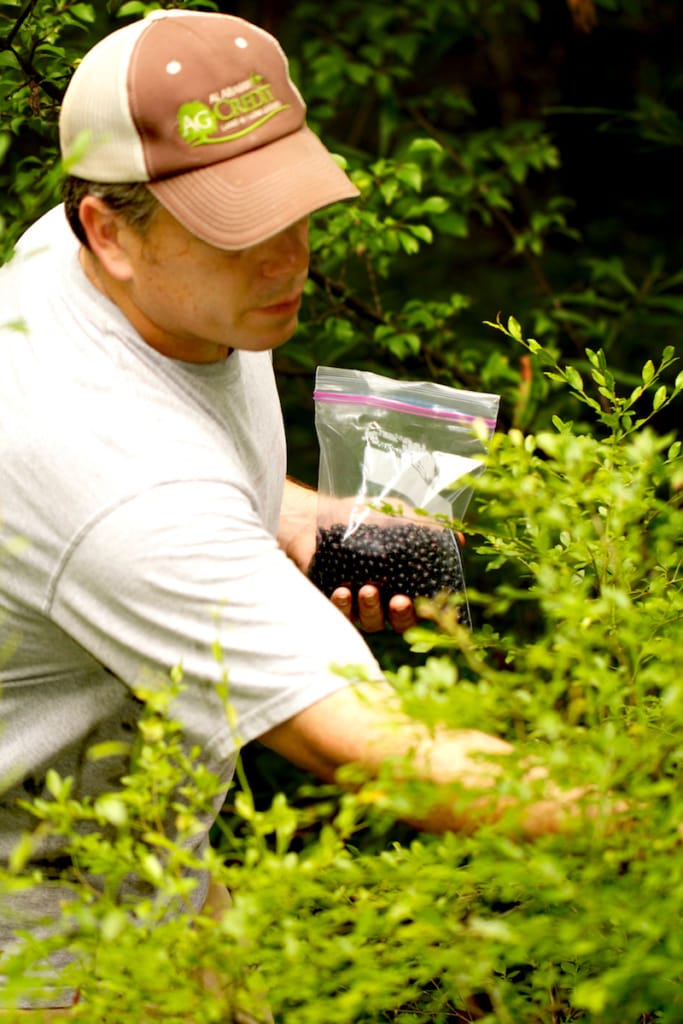
The American Fruit Culturist (1897) mentions the “huckleberry” species under the heading “wild and unclassified fruits,” alongside juneberries and paw paws. In the passage, the author says “the gathering of this crop annually furnishes employment to large numbers of men, women, and children of the poorer class, from whom it is purchased by farmers and others, who daily meet the pickers at an appointed spot, and by them the berries are boxed and forwarded to market.”
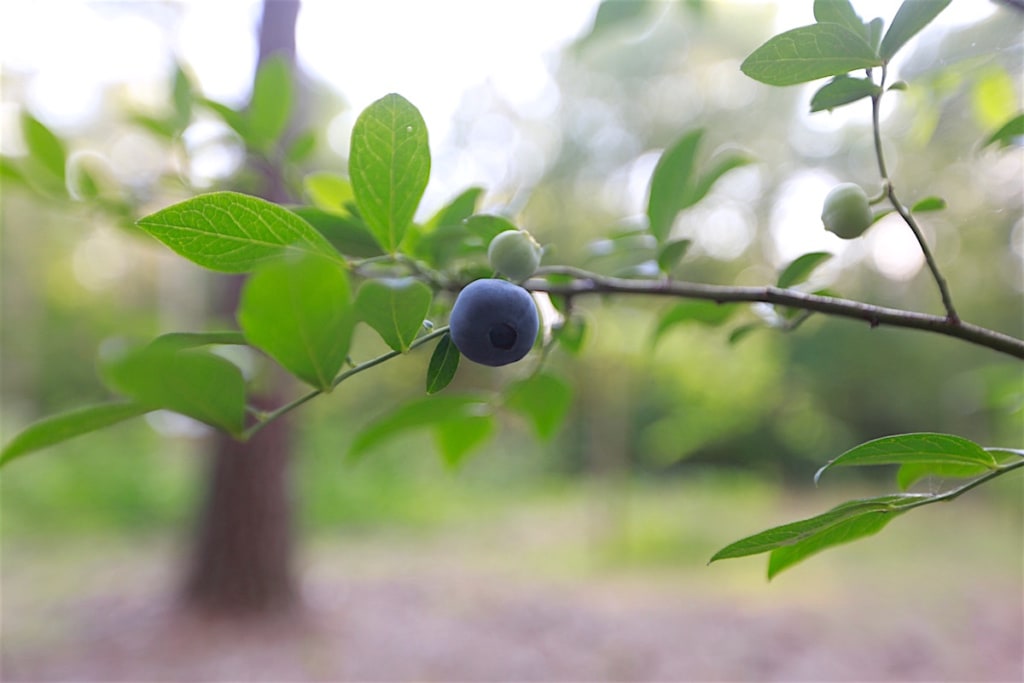
While the North worked on improving blueberries by concentrating on the highbush species, V. corymbosum, the South chose another local species, the rabbiteye blueberry (V. virgatum).
Using the rabbiteye, along with other native species, Southern horticulturists soon produced blueberries well adapted to our climate. You may recognize a few old rabbiteye favorites including Climax, Premier, Tifblue, PowderBlue, and Baldwin. These are the blueberries I know and love, and I enjoy them through June and a good part of July, following the season of native blueberry harvest in May.
Picking Blueberries: A Fun and Tasty Tradition
Picking blueberries has become a family tradition that everyone enjoys (the picking and the eating!).
Blueberries, whether highbush or rabbiteye, improved or wild, are a delight on the table. I find that the quantity and size is in the improved varieties, while the best flavor is in the wild ones.
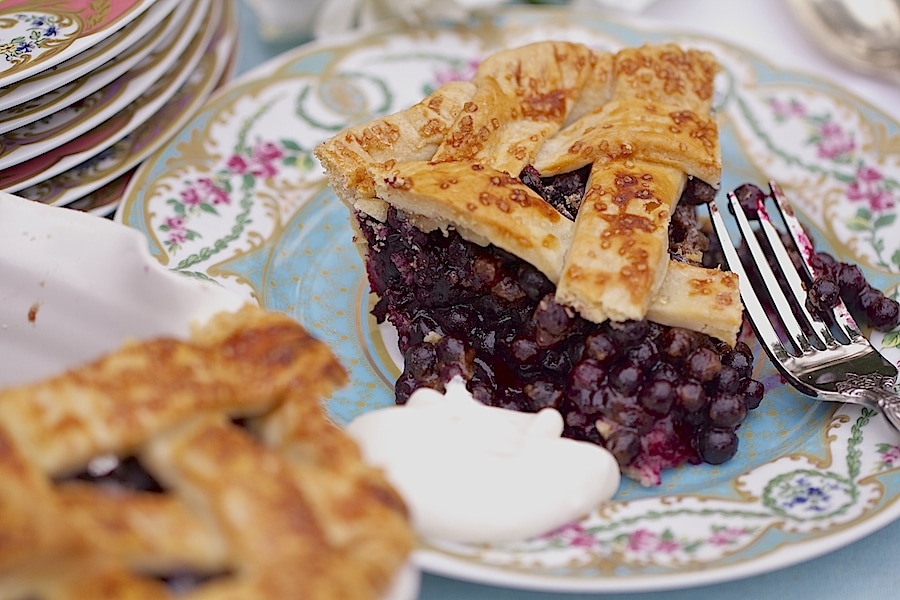
Takeaways: Which Berries for Which Recipes?
Therefore, use the large orchard grown blueberries for jobs requiring large quantities, such as jelly, or requiring large fruits, like covering in chocolate (a delight hard to beat!).
Leave the wild berries for where they shine: in pies and cobblers. They not only have a concentrated “blueberry” flavor but, since they are smaller, they hold their shape and result in a better pie texture.
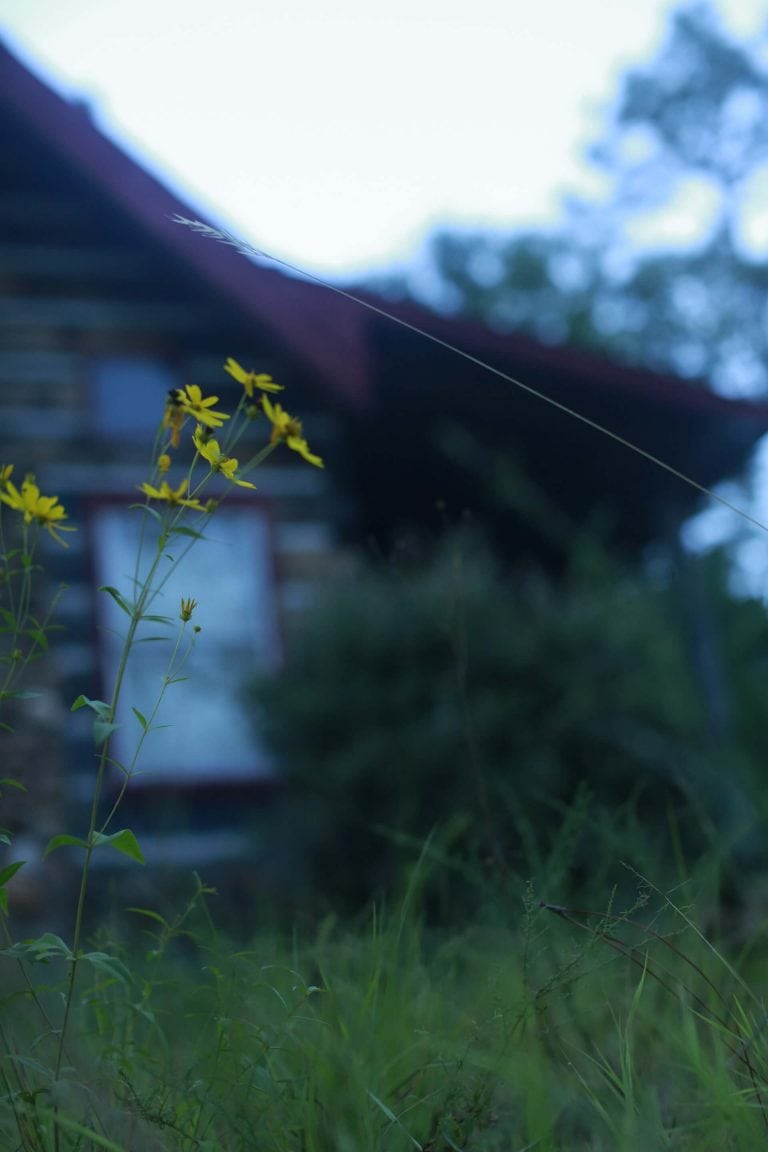

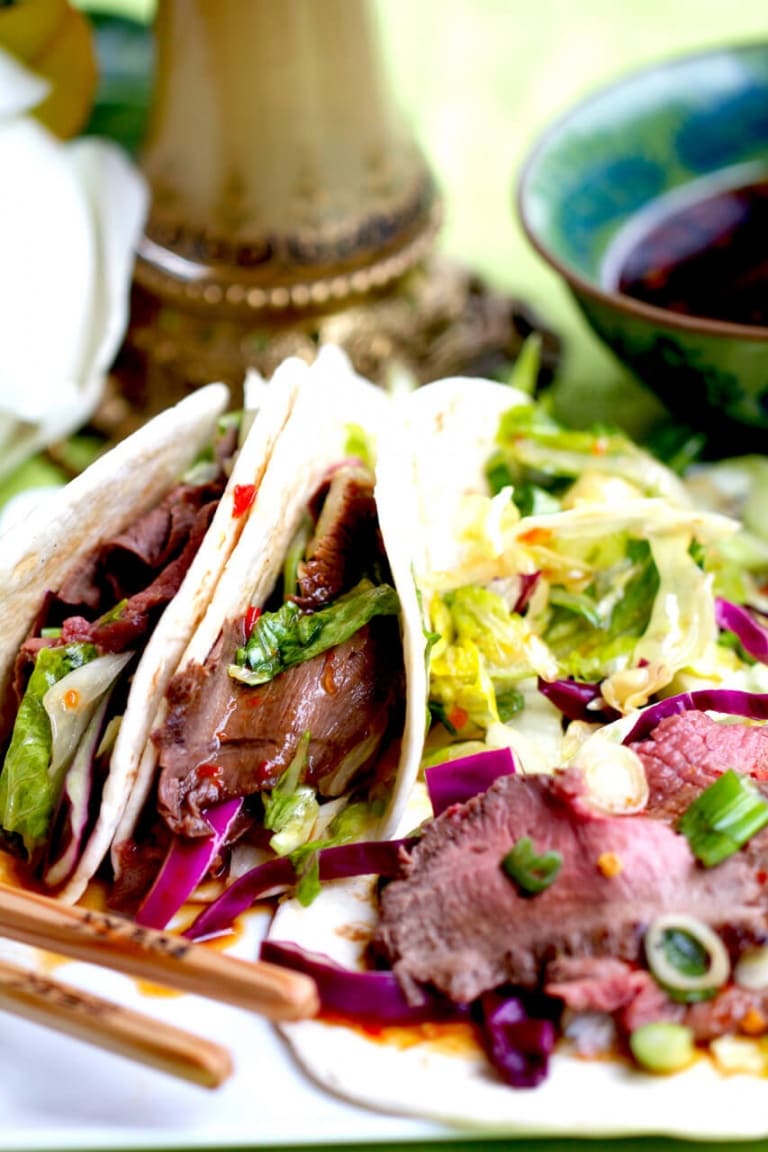
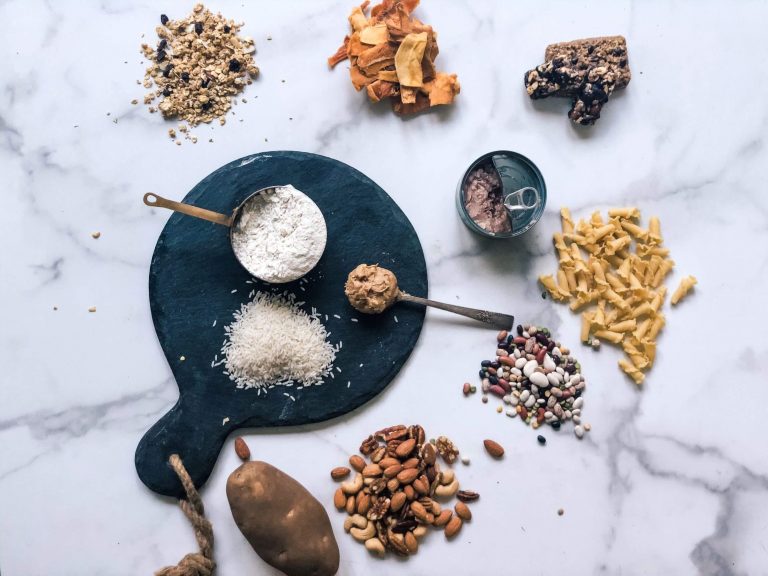
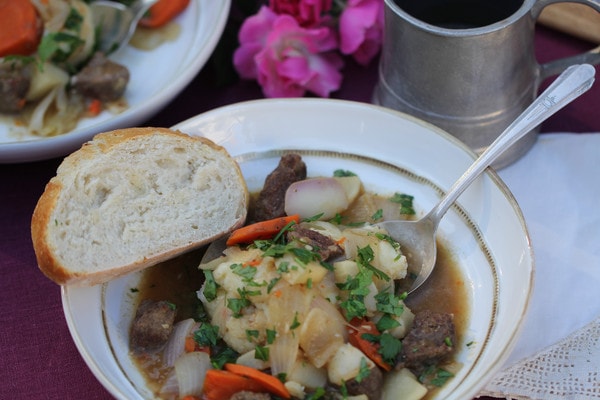
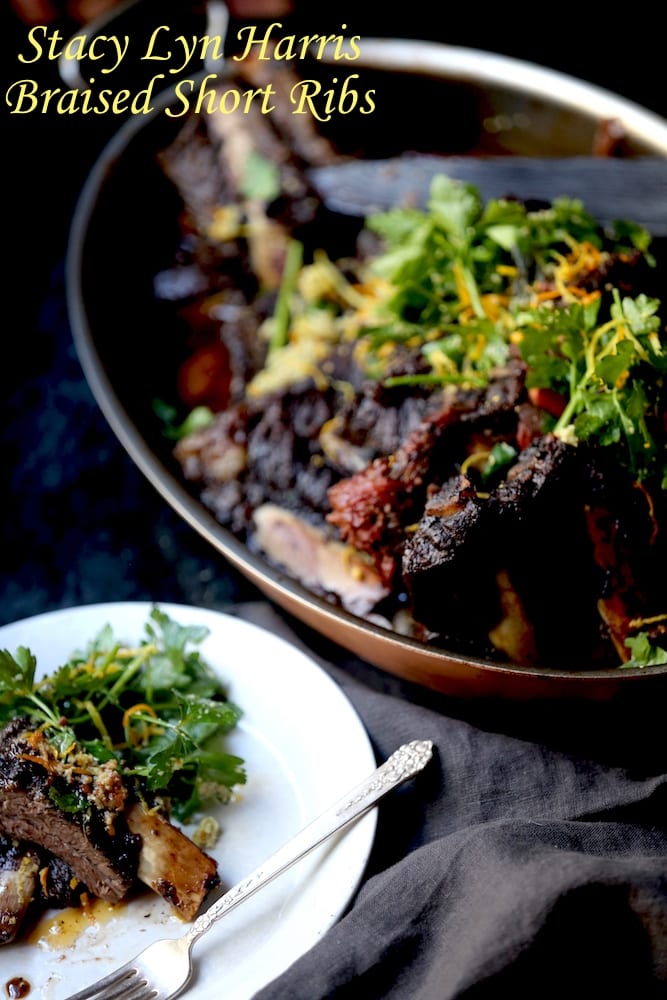
One Comment